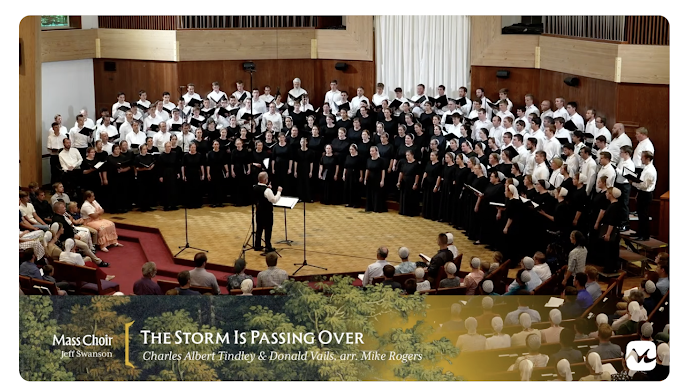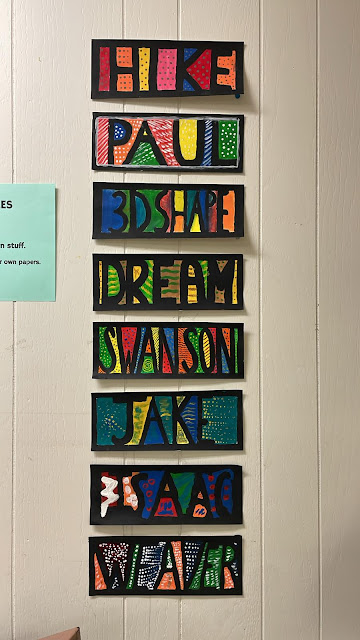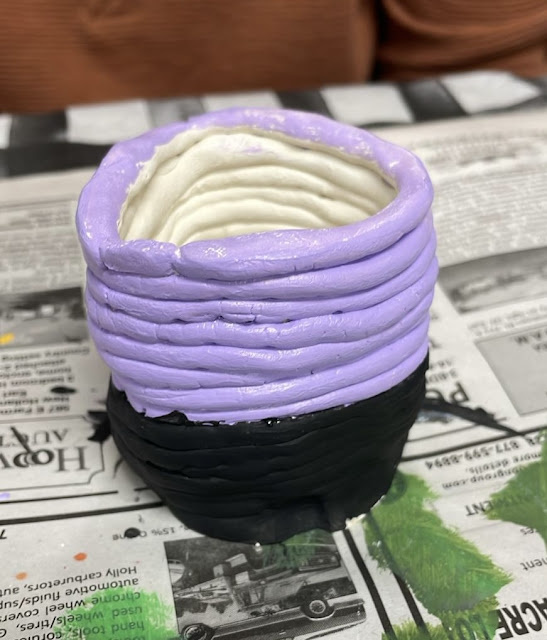the Plain Professors
Two Anabaptists' Views on Education
Saturday, July 5, 2025
Lancaster Music Camp Livestream Link
Thursday, June 26, 2025
Tuesday, June 10, 2025
2025 ChoralFest Link from the Shenandoah Christian Music Camp
Monday, June 9, 2025
Vibrant Words

Monday, April 28, 2025
Lighthouse Art and a Real Lighthouse
Wednesday, April 2, 2025
Registration is Open for the 2025 Anabaptist Orchestra
The orchestra will practice at Legacy Christian School in Holmes County August 14-17, 2025.
The program is at Dover High School in Dover, Ohio, August 17th at 3:00 p.m.
Yay! Enroll here.
Saturday, February 22, 2025
Russian Mystery Day
Our Mystery February Fun Day got delayed because of snow two weeks ago, so we decided to have it this week instead. The teachers donned scarves, aprons, and shawls. We played Russian music and enjoyed a delicious lunch of borscht soup, beef stroganoff, wheat rolls, layered wafer cakes, and Russian candies. Then we played vishibali, a Russian form of dodgeball. This was a great immersion into the culture for the middle grades which have been studying Eastern Europe, and a lot of fun for the rest of us.
Friday, January 24, 2025
Give a Mouse a Cookie; Give a Student a Lamp
After collecting several lamp bases and shades (purchased for $1-$2 half price at thrift stores for a few months), I made a slide show of several different creative lamp ideas and showed it to my students. They were required to write down a few ideas that they liked, and then sketch the one they chose to do on paper. Once that was approved, they got to choose a lamp and a shade and begin working on their design. I found anything they asked for, and some of them found their own stuff. The results ranged from airplanes to semi truck horns (yes, that's a real one!) for the guys, and books, lace, trim, and kitchen gadgets for the ladies. We displayed these at our Christmas program open house, and I overheard one of the adults ask, "Did the students make these?" Yes, ma'am, they sure did.

















%202.jpeg)






































